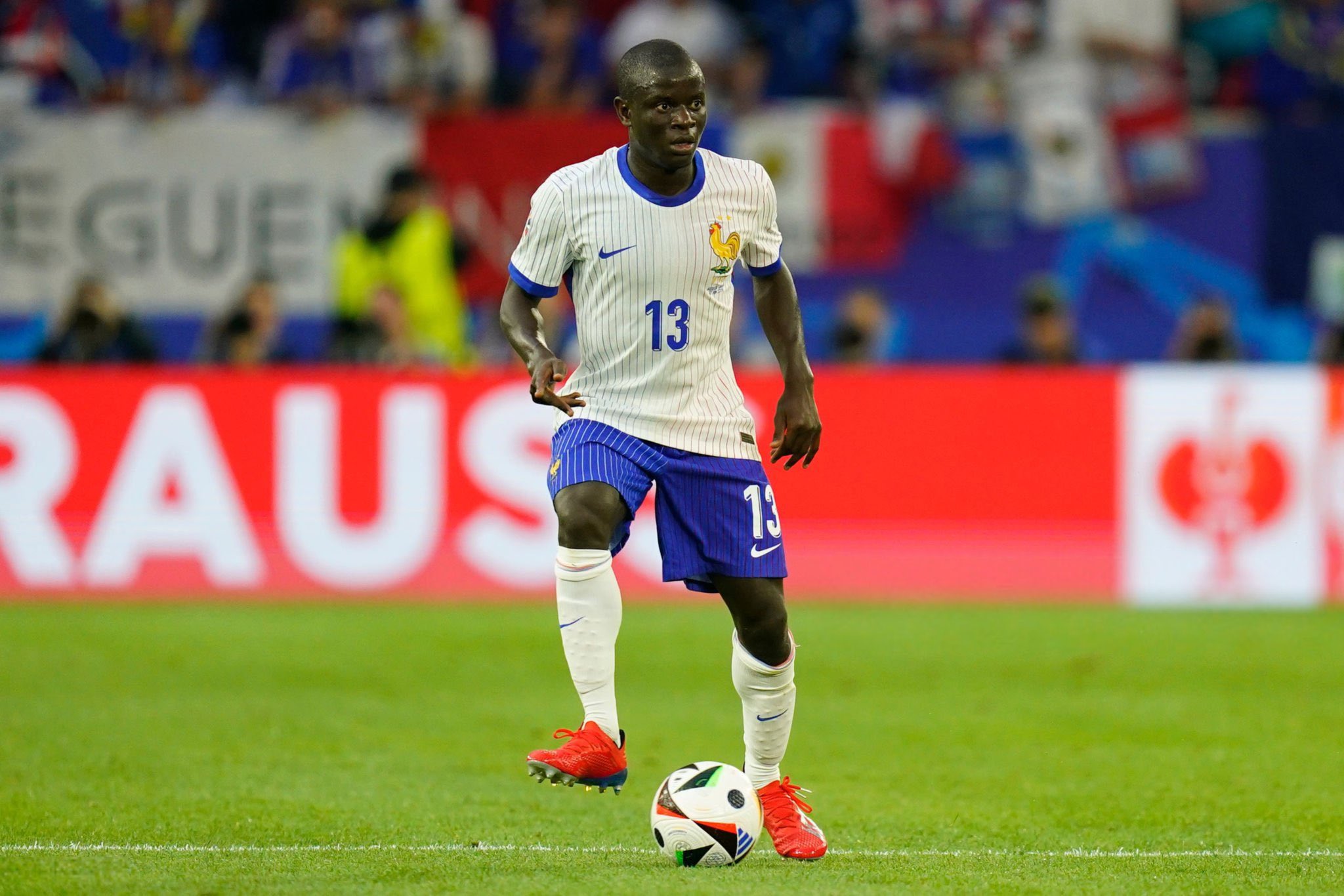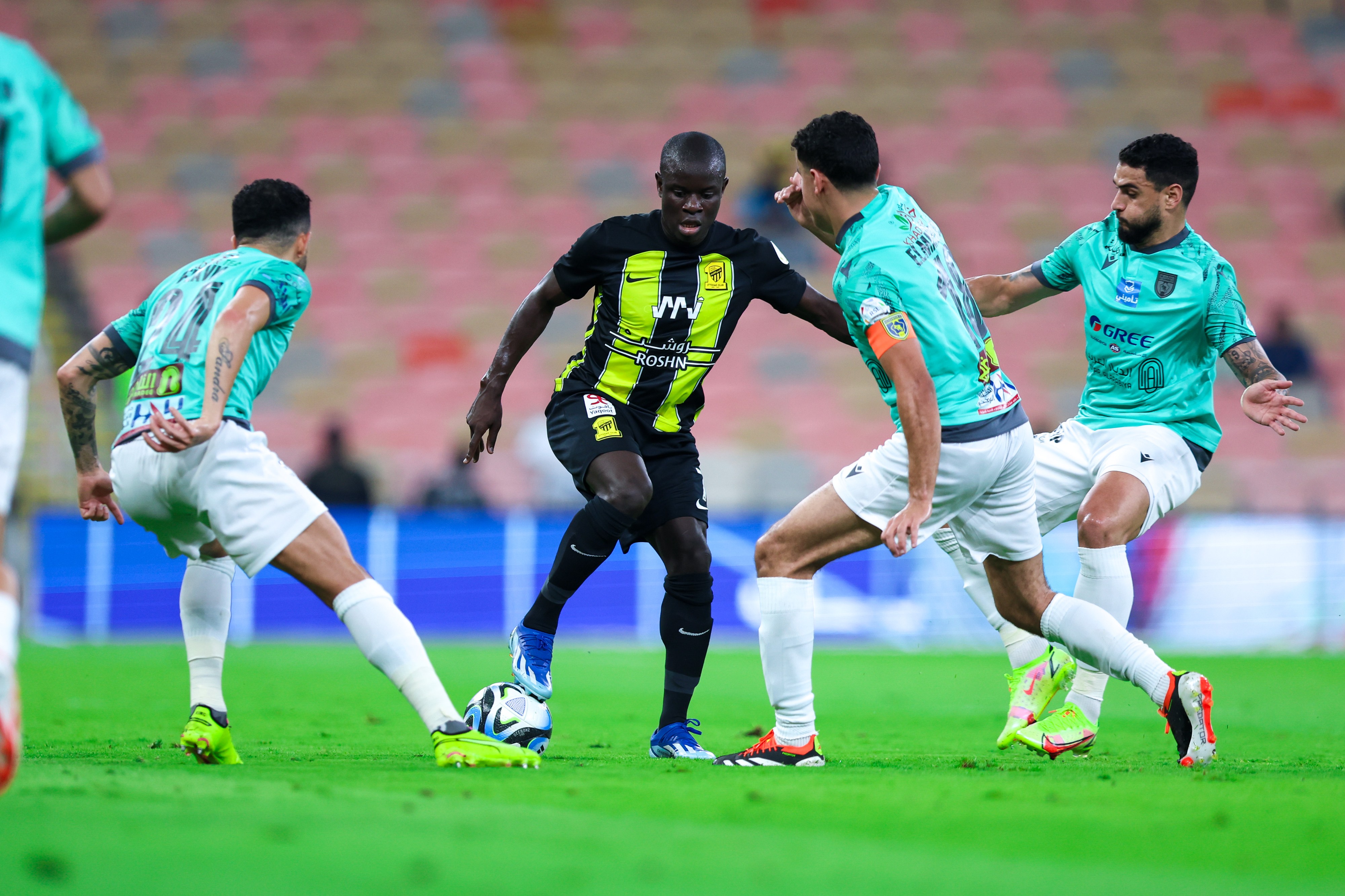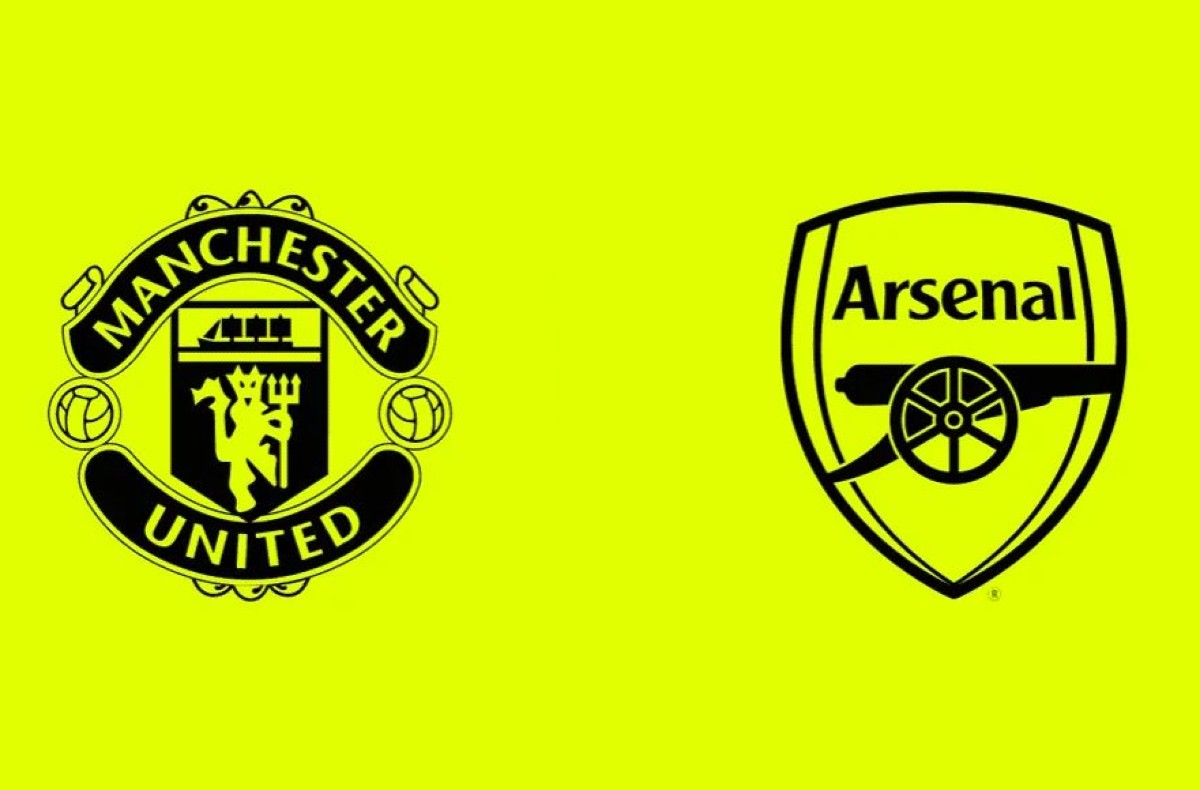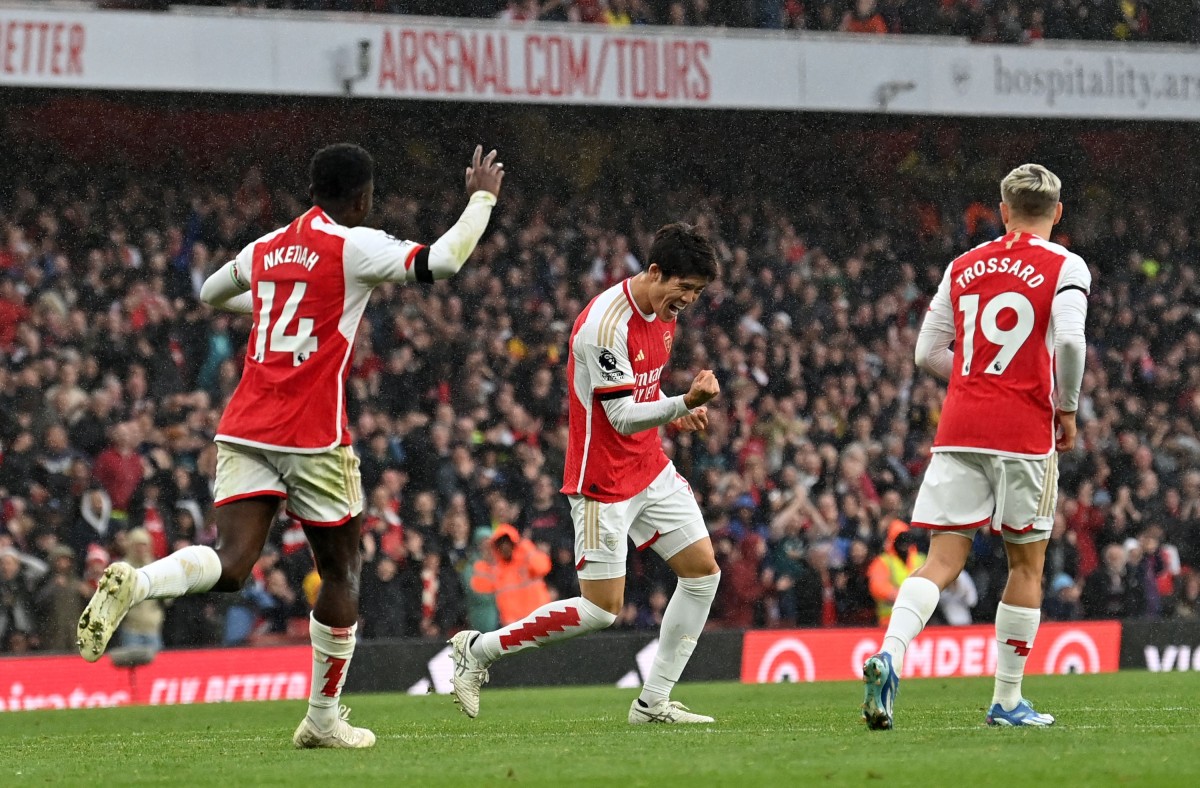A two-time Premier League winner and Chelsea fan favourite may be the target of a surprise move from Barcelona before the new season begins.
Barcelona are once again considering Al-Ittihad midfielder N’Golo Kante as an affordable addition to their midfield, according Toni Juanmarti’s report in SPORT.
After his performance in the recently concluded Euro 2024, Kante, who is currently playing for Al-Ittihad in the Saudi Pro League, may be open to returning to Europe.
The La Liga giants have failed to replace midfielder Sergio Busquets at the club since his departure.
They have signed other midfielders to solve their defensive midfield issues but all of them have failed to make a positive impact on the team.
After Kante’s impressive showing at Euro 2024 and proving that he is still fit enough to play top level football, the Catalan giants have been impressed by his ability to contribute defensively.
The new Barcelona manager, Hansi Flick, is looking to sign a midfielder at the club this summer but only if he can manage to sign one in a bargain deal.

Barcelona are looking for a loan move but it remains to be seen if they can manage to sign the French World Cup winner this summer.
The La Liga giants are eager to bolster their midfield without having to shell out a lot of cash, and Kante’s extensive background and track record make him an ideal fit.
Before moving to Saudi Arabia, the 33-year-old played in the Premier League for Leicester City and Chelsea, winning league titles with both of them.
Barcelona face competition from West Ham
West Ham United are also considering a deal for the midfield player, so Barcelona are not the only team interested in signing him.
It has been a busy summer at the Camp Nou with Barca interested in signing Nico Williams and Dani Olmo, two of Spain’s standout performers at the Euros.
They are working towards signing the winger and midfielder who are going to help them in attack next season but addressing the defensive midfield position is much more important than any attacking signing.




Will be a brilliant signing. He proved in the euros that he is still one of the best.